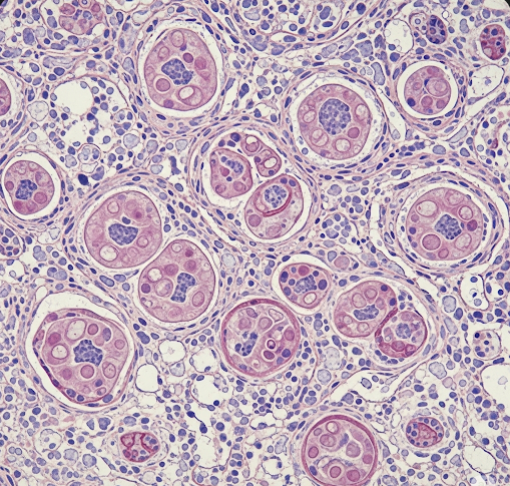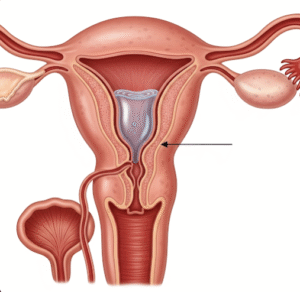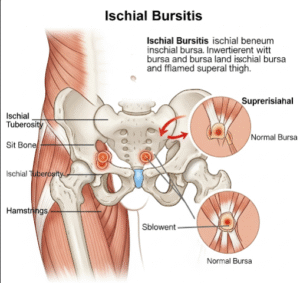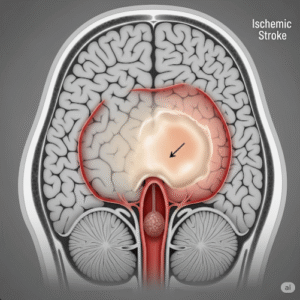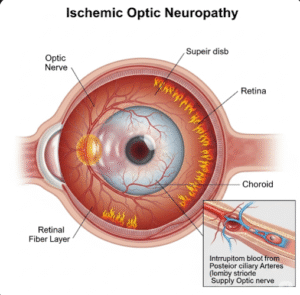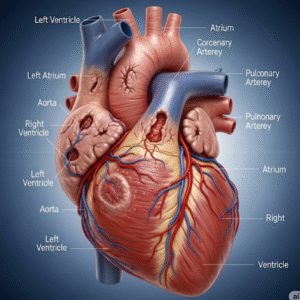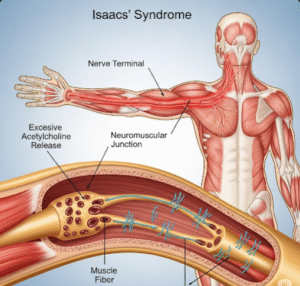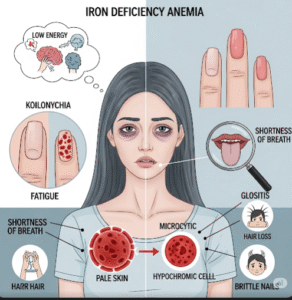Overview
Infantile Neuroaxonal Dystrophy (INAD) is a rare, inherited neurodegenerative disorder that primarily affects infants and young children. It is characterized by the progressive deterioration of nerve cells (neurons) due to abnormal accumulations of neurofilaments within axons, leading to motor and cognitive decline. In Korea, specialized pediatric neurology and genetic centers provide early diagnosis through advanced genetic testing and supportive multidisciplinary care to help families manage this challenging condition.
What is Infantile Neuroaxonal Dystrophy (INAD)?
INAD is a form of neurodegeneration marked by the accumulation of abnormal spheroid bodies (axonal swellings) in the nervous system, resulting in widespread damage to neurons. The disorder usually begins in infancy, causing progressive loss of motor skills, muscle tone, and cognitive abilities. It is inherited in an autosomal recessive pattern, caused by mutations in the PLA2G6 gene.
Symptoms
- Normal early development followed by regression after 6 months to 2 years of age
- Loss of motor skills such as head control and sitting
- Muscle weakness and hypotonia (reduced muscle tone)
- Stiffness and spasticity developing over time
- Delayed or lost speech development
- Visual impairment or optic atrophy
- Feeding difficulties and swallowing problems
- Seizures in some cases
Causes
- Genetic mutations in the PLA2G6 gene, leading to dysfunctional enzyme activity
- Autosomal recessive inheritance pattern, requiring both parents to carry the mutated gene
Risk Factors
- Family history of INAD or related neurodegenerative disorders
- Consanguinity increasing risk of autosomal recessive diseases
Complications
- Progressive neurological decline leading to severe disability
- Respiratory difficulties due to weakened muscles
- Nutritional problems from feeding difficulties
- Increased risk of infections such as pneumonia
- Early mortality, often in childhood or adolescence
Prevention
- Genetic counseling for at-risk families
- Prenatal genetic testing in families with known mutations
Treatment Options in Korea
Diagnosis
- Clinical evaluation noting developmental regression and neurological signs
- Brain MRI showing characteristic patterns such as cerebellar atrophy
- Genetic testing confirming mutations in PLA2G6
- Nerve conduction studies and electromyography (EMG) may be supportive
Medical Treatments
- No cure currently available; treatment is supportive and symptomatic
- Antiepileptic drugs for seizure control
- Muscle relaxants to manage spasticity
- Nutritional support including feeding tubes if necessary
Surgical or Advanced Therapies
- Supportive devices such as feeding tubes or ventilatory support as needed
- Experimental gene therapies under research
Rehabilitation and Support
- Multidisciplinary care involving neurologists, physiotherapists, occupational therapists, and speech therapists
- Physical therapy to maintain mobility and prevent contractures
- Speech therapy and swallowing therapy
- Psychological support and counseling for families
Top Hospitals or Clinics in Korea
- Seoul National University Hospital – Pediatric Neurology and Genetics Departments
- Samsung Medical Center – Rare Disease Clinic
- Asan Medical Center – Pediatric Neurology Unit
- Yonsei Severance Hospital – Genetics and Neurodevelopmental Disorders Clinic

